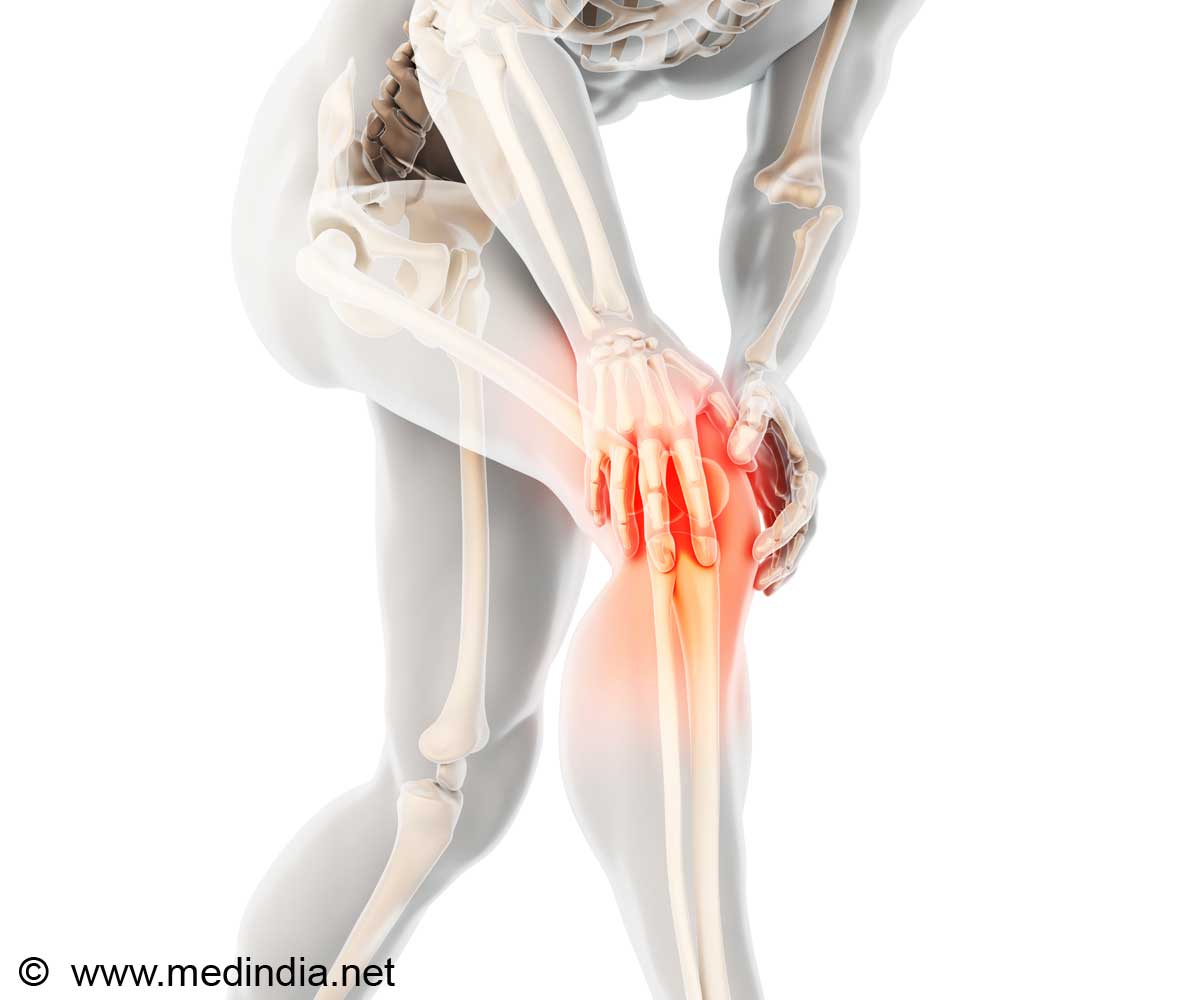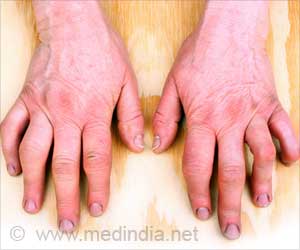
‘The prevalence of arthritis is higher than diabetes, AIDS, and cancer in India. Arthritis is more common among women than men.’
Tweet it Now
Arthritis in India
The data is based on 6.4 million samples received for arthritis testing over the last 3.5 years since January 2017 at SRL Laboratories across the country. The levels of Erythrocyte Sedimentation Rate (ESR), C-reactive Protein (CRP), Rheumatoid Factor (RF) and Uric Acid (UA) were analyzed.
The findings showed that women had higher levels of Erythrocyte Sedimentation Rate (ESR) at 52.07% and Rheumatoid Factor at 13.08% than men.
By 2025, India is likely to become the Osteoarthritis capital, if the current rise in incidents continue, said, Avinash Phadke, President -Technology and Mentor (Clinical Pathology), SRL Diagnostics.
The rise in arthritis in India is due to lack of physical activity, sedentary lifestyle, and rise in prevalence of obesity. Studies have shown that 45% of women over the age of 65 years have symptoms of arthritis. Women are four times more frequently affected than men.
Osteoarthritis is the most prevalent form of arthritis affecting 15 million adults every year. The prevalence of osteoarthritis in India is between 22 to 39 percent. Other joint conditions that affect Indians are gout and rheumatoid arthritis.
Advertisement
"Early signs should not be ignored; early diagnosis and treatment can save the joints. Maintaining joint health lifelong should be a goal of everyone's life," said Phadke.
Advertisement
Source-Medindia















